An Interview with Asst Prof Chelsea Sharon
Asst Prof Chelsea Sharon, at the Yale-NUS College and Department of Physics, NUS, shares her research interests and works in the field of astrophysics.
Share with us your current research interests and works in the field of astrophysics.
I am an observational radio astronomer and my research is in the field of galaxy evolution. I am particularly interested in the processes related to star formation in the early Universe, approximately 10 billion years ago. While normal galaxies today, like our Milky Way, convert gas into stars at the rate of a few Suns per year, many galaxies in the early Universe had star formation rates hundreds to thousands of times higher. I therefore study what drives those high star formation rates (was there just more fuel around, or was something special happening) and why they ended so rapidly (otherwise the expected populations of galaxies that exist today would not match what we actually observe).
In order to study these processes, I observe spectral lines produced by carbon monoxide (CO), the best tracer for the gas reservoirs that fuel star formation. By comparing the pattern of CO line strengths to radiative transfer models, I can constrain the gas temperature and density, in addition to mapping the gas distribution within the galaxy, calculating the gas mass, and characterizing the gas kinematics. By comparing the gas properties across different galaxy populations, or by doing detailed studies of individual systems with a wealth of other multiwavelength data, I am thus able to constrain relationships between galaxy types as well as the physical mechanisms that affect the gas and associated star formation.
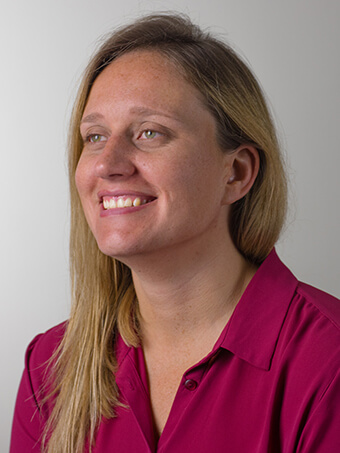
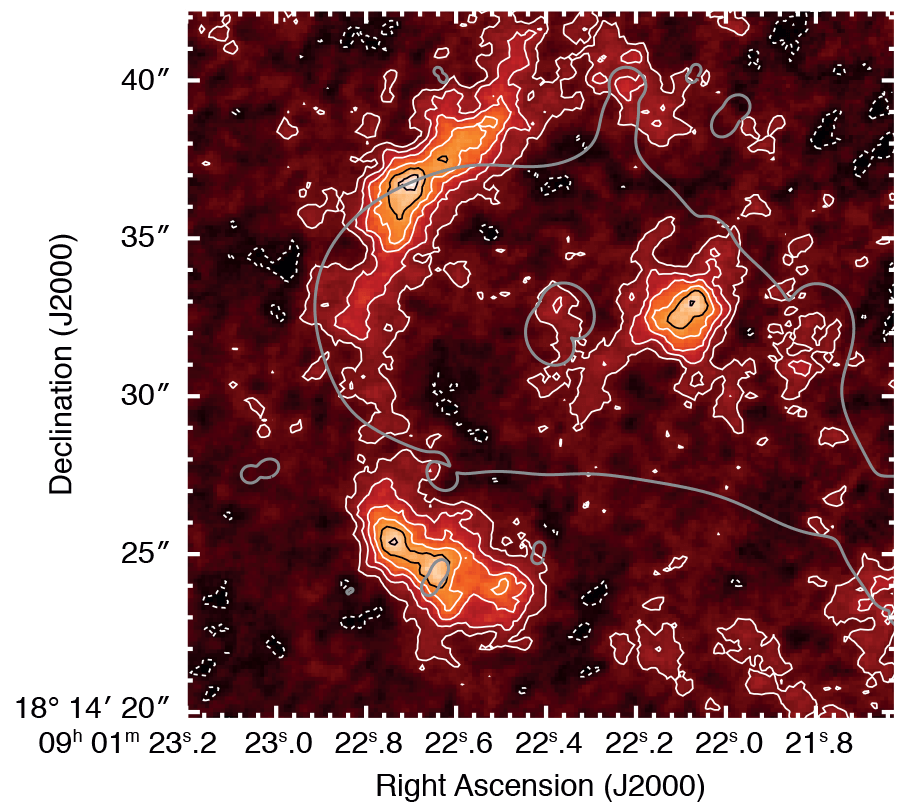
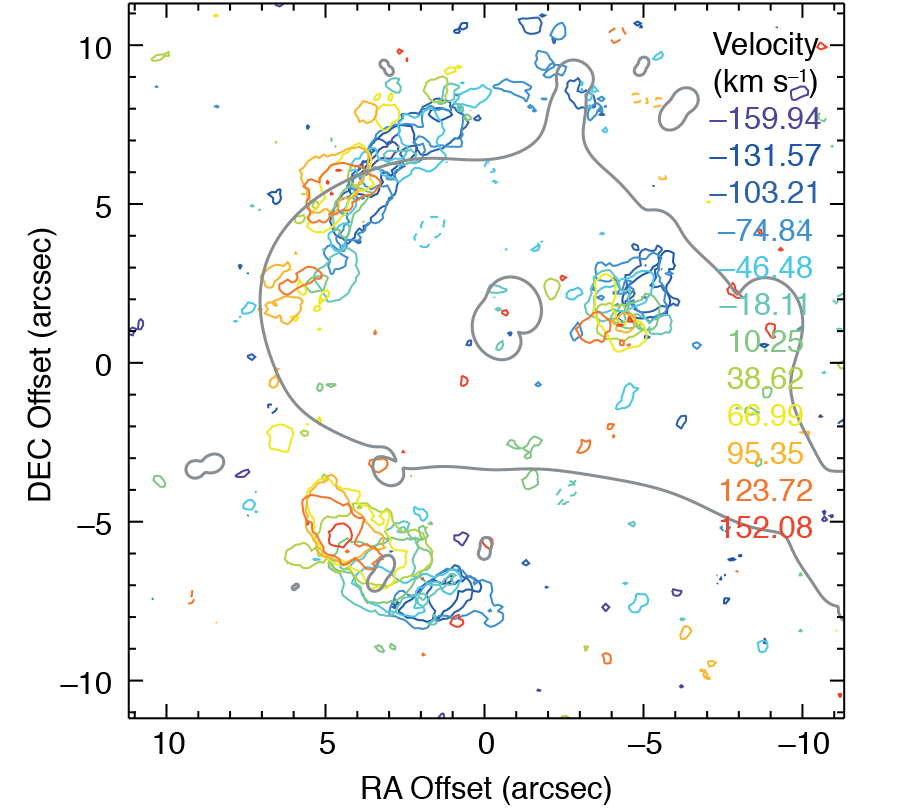
How do galaxies form and is there a way to predict how they are going to evolve in the future?
Galaxies form and evolve as a competition between forces: gravity pulling material together, and various types of pressure pushing material out (radiation pressure from stars and the hot accretion disks feeding supermassive black holes, explosions from supernovae, black hole jets, etc). The seeds for galaxies are the very small density fluctuations in the primordial soup of particles produced during the Big Bang. As the Universe expanded and cooled, the denser regions gravitationally attracted more material from the less dense regions, producing proto-galaxies full of gas. Turbulent knots in that gas eventually gravitationally collapsed to produce stars within those galaxies, making young galaxies that are likely not too dissimilar from today’s dwarf galaxies. As time goes on, gravitational attraction causes nearby galaxies to crash into one another, eventually building up to the larger galaxies that we see today and potentially even larger galaxies in the distant future. While astronomers agree on this general picture, there are a lot of details we are still working out, and some of those open questions are the topics of my research.
Astrophysicists often deal with astronomical big data. How does one make sense of the ever-increasing data?
I actually do not work with “big data” in the modern computational sense (though many astronomers do), but the raw data from the telescopes I use can be quite large! I use radio interferometers, like the Karl G. Jansky Very Large Array (USA) and the Atacama Large Millimetre/submillimetre Array (Chile), which produce raw data at the rate of ~20–50 GB per hour on the sky, depending on the precise setup. Since the galaxies I study are so far away and therefore quite faint (a handphone image of the Moon is orders of magnitude brighter than my galaxies), I often observe each source anywhere from 1 to 90 hours each, depending on the science goal. My students and I then process the raw data to make maps of these galaxies, but the science maps we use for analysis only end up being a few tens of MBs each. Many astronomers will remotely work on the observatories’ data servers to process the large raw files into the smaller maps, but since international server connections can be slow, I have my own local data server with approximately 80 TB of storage.
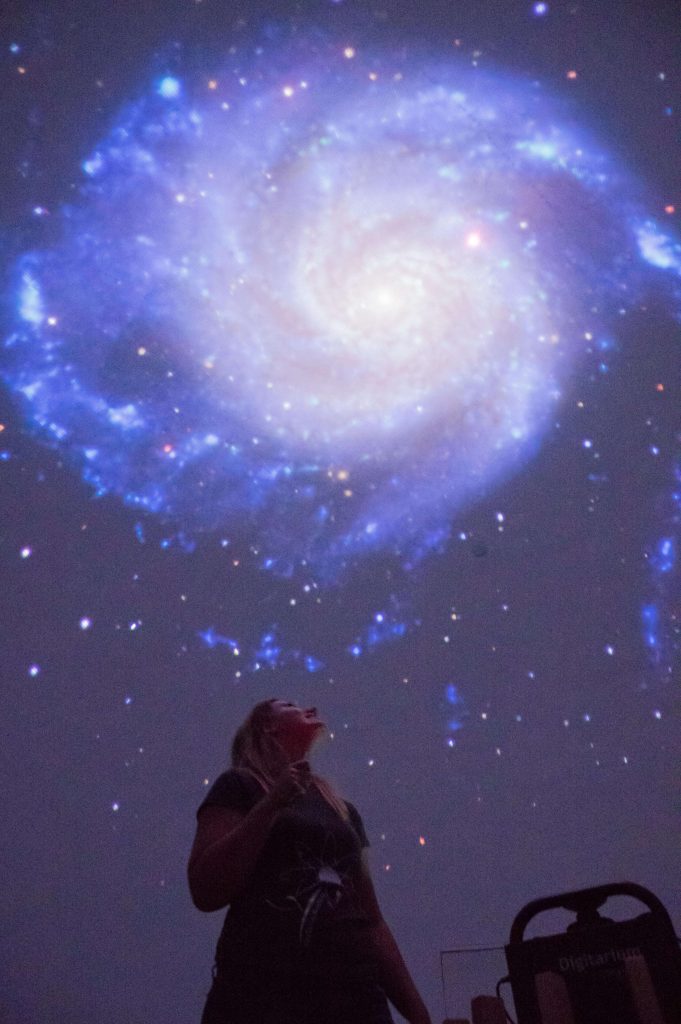

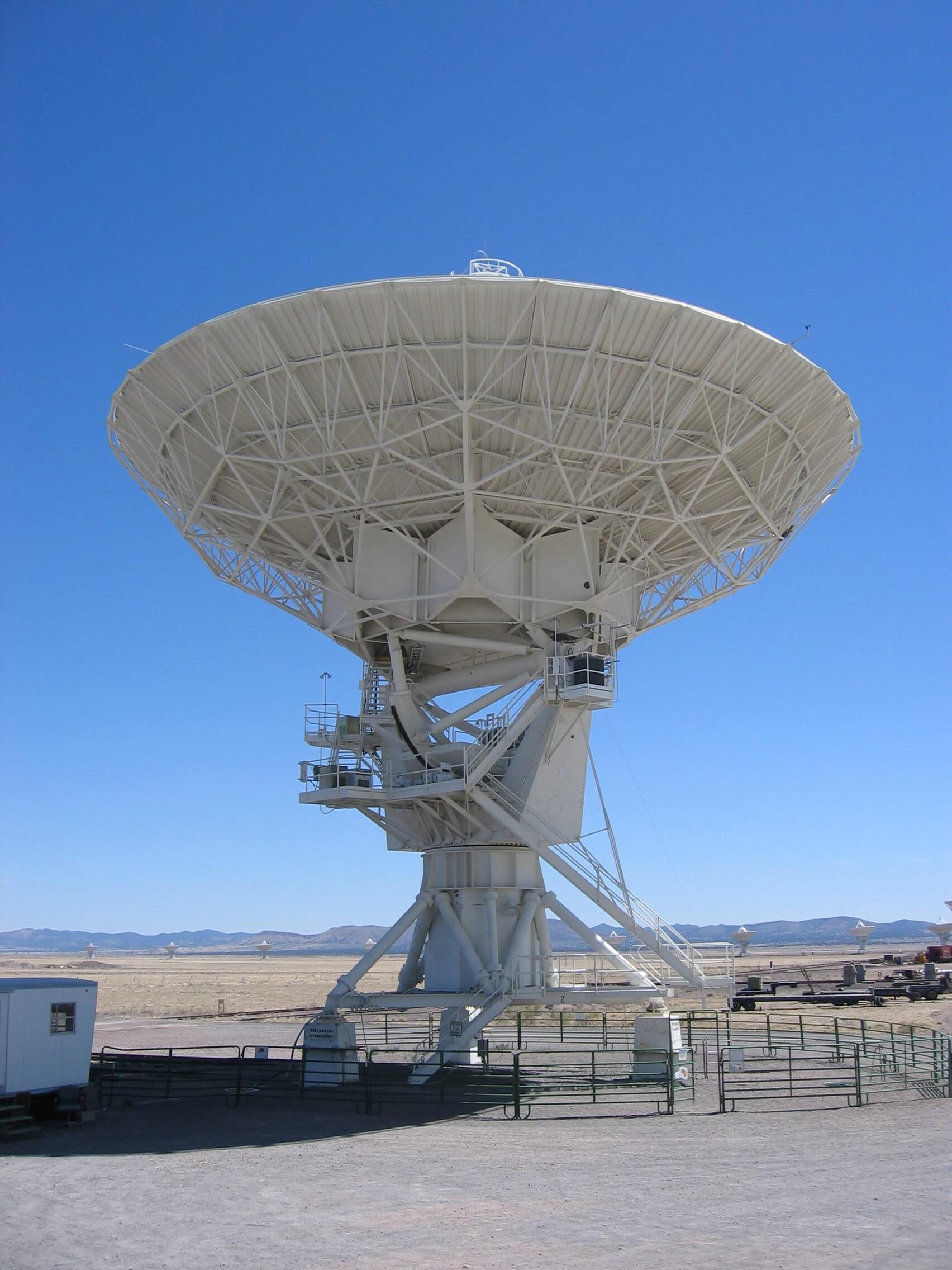
What are some of the biggest hidden mysteries of the universe that have possibly been uncovered in the recent past?
I think Laser Interferometer Gravitational-Wave Observatory (LIGO)’s observations of colliding black holes that are 20–100 times more massive than the Sun are really exciting. For a very long time, astronomers had only observationally confirmed the existence of lower mass black holes produced by dead stars (~2–20 solar masses each) and supermassive black holes in the centres of galaxies (millions of solar masses each), but with nothing in between those masses. LIGO is filling in this mass gap. With new gravitational wave observatories coming online, we will get an even better idea of black hole properties, which will hopefully result in understanding how such intermediate mass black holes form, grow, and possibly seed supermassive black holes.
What is really wide open right now are so-called “fast radio bursts” (FRBs)—very bright and short signals that sweep through multiple radio frequencies. FRBs appear similar to the signals produced by pulsars (rapidly rotating neutron stars), but unlike pulsars, the signals do not recur at regular intervals, with maybe one exception so far. Astronomers have proposed many possible explanations (and rather hilariously, some of the first few FRBs turned out to be prematurely opened microwaves in a nearby observatory kitchen), but we still really do not know what is producing these signals.
If you have a chance to start all over again to pursue a field of study, what would it be and why?
I would probably study protoplanetary disks—the disks of dust and gas around young stars that are just beginning to form planets. There is a lot that astronomers do not understand about the formation and growth of planets, like what sets planets’ wide range of masses, final orbital arrangements, and chemical differences. While this topic has been the subject of computational simulations for plenty of years, with new cutting-edge facilities like the Atacama Large Millimetre/submillimetre Array, astronomers are finally able to map the structures in these protoplanetary disks and thus test and constrain the theorists’ models. The maps of protoplanetary disks that my colleagues are producing are visually stunning and rich with information. With so much more to accomplish still, even with the existing telescopes, it would be a really exciting time to study protoplanetary disks!
